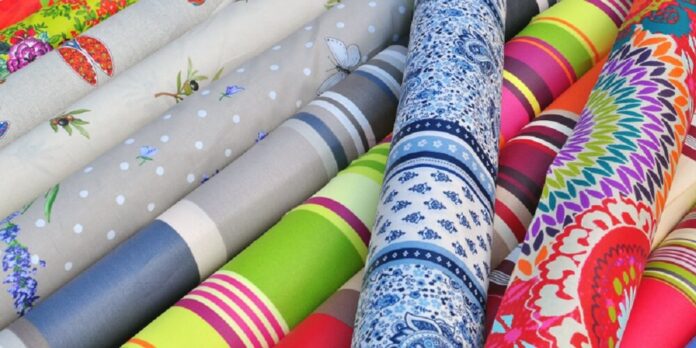Rotogravure and flexography are both major printing methods used in the printing press industry in recent times. They both have amazing and essential benefits to offer to printers. Different printing experts have their preferences when it comes to using either of the printing methods; however, it can be confusing for new printers who want to find the best printing methods. Go now and choose the your preferred method.
This article will show you all that you need to know about both printing methods. You will learn how they work and the benefits that each one offers. At the end of the article, you should be able to choose which printing method works best for you.
Rotogravure
Rotogravure involves the use of chemical-etched cylinders for the purpose of printing photos on surfaces like papers, plastic, fiber, and wood. The process uses the following parts:
- The cylinder
- The ink fountain
- The doctor blade
- The paper
- The impression roll
All these parts work together in an automated manner to give a straightforward and continuous/long term printing process. Rotogravure has benefits, including high-quality production, long-term production, versatility, ease of use, and high quantity production.
Flexography
Flexography, flexo, or flexographic printing is a printing method that uses a continuous feeding of materials to create high-speed printing. Compared to rotogravure, which works in a relatively ‘slow but steady’ process, flexography is much faster and is more suitable for short term jobs.
The fact that the flexography printing method uses a large variety of inks makes it more suitable for high-quality printing jobs. Some other excellent benefits of flexography include high automation, speed, and cost-efficiency. If you have read about rotogravure as written above, you’ll notice that the benefits are the same.
The downsides are also very similar as it is not suitable for small jobs. It consumes a lot of ink and using it for small jobs will make it even worse. One major difference between rotogravure and flexography is that the setup process for flexography takes a lot of time. The spare parts are not as reliable as those of rotogravure printing machines.
Choosing between rotogravure and flexography printing methods can be a very difficult decision to make as both methods are amazing, fast, cost-efficient, and effective for large jobs. However, as printing personnel who wants to get more from a printing machine, you might want to use a printing process that can assure you of durability and easy set up to make the printing process much easier for you.
You will have to choose one of these two printing methods and agree that whichever one you choose has some advantages and disadvantages that you’ll bear with.
Conclusion
Rotogravure and flexography are some of the best printing methods in the printing press industry for several decades now. As it seems, they’ll continue to lead the market because they offer tons of benefits to printers.
So you can be sure that any methods you end up choosing will surely have immense benefits in the end.











